Image of the Day Archives

For older Image of the Day pictures, please visit the Image of the Day archives. Pictured: NGC 2467.
Moon Seen from the International Space Station
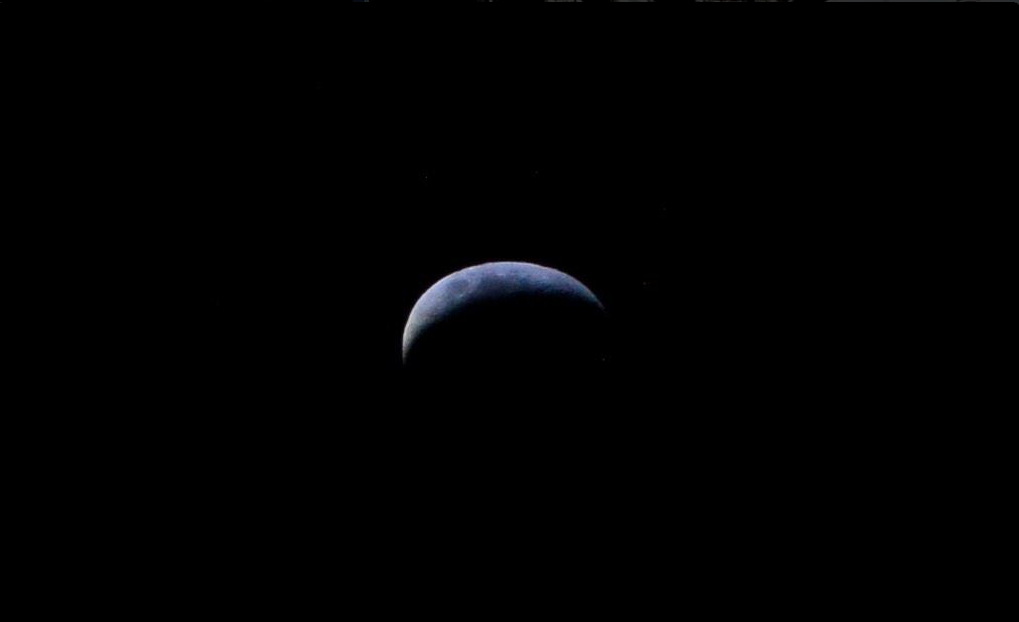
Monday, Feb. 2, 2015: On Jan. 30, 2015, NASA astronaut Terry Virts tweeted this photo taken aboard the International Space Station, writing: "The moon looks almost like Earth when seen through the refraction from our atmosphere."
— Tom Chao
Put on Your White Sombrero
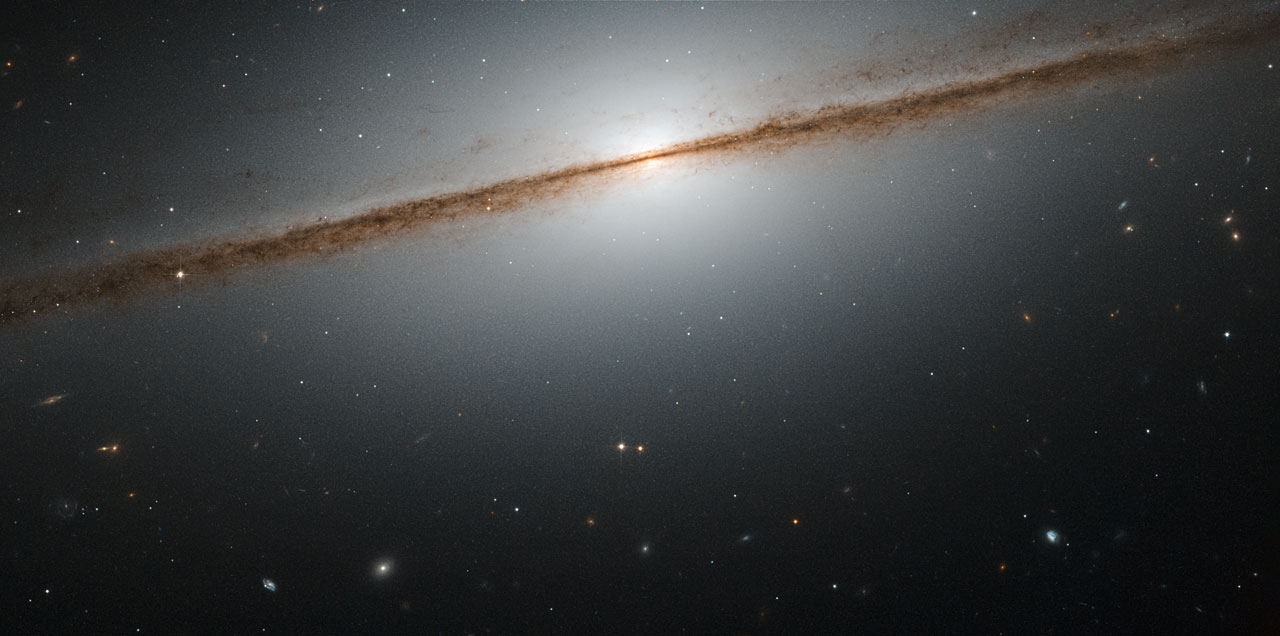
Tuesday, Feb. 3, 2015: Spiral galaxy NGC 7814, known as the "Little Sombrero," appears edge-on to viewers on Earth, showing a bright central bulge and a halo of glowing gas extending into space. Dark streaks mark the dusty spiral arms. The Little Sombrero has a size similar to its bright namesake, the Sombrero Galaxy, about 60,000 light-years across, but the Little Sombrero lies further away, and thus appears smaller in the sky. Image released Feb. 2, 2015.
— Tom Chao
Billions and Billions
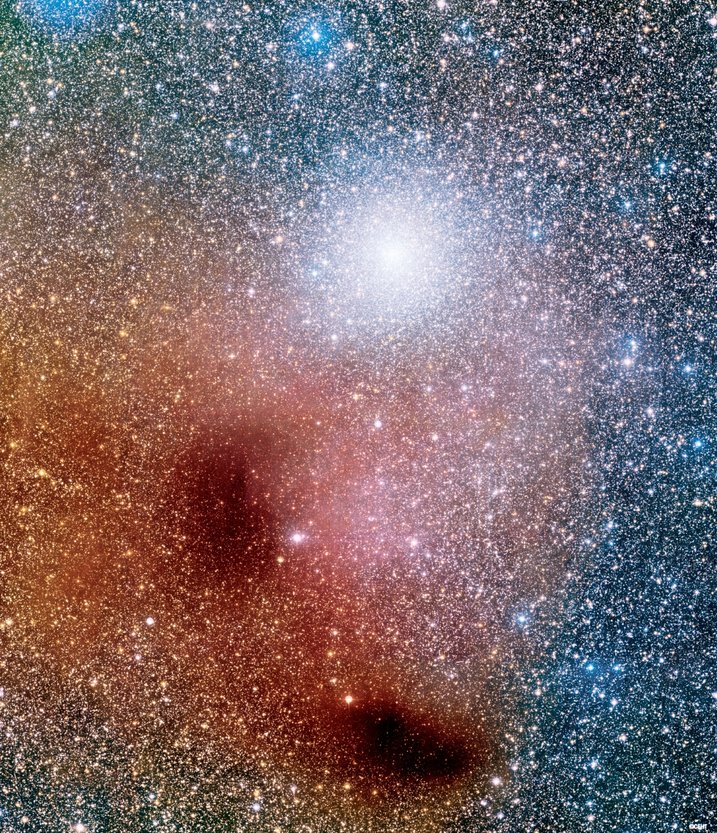
Wednesday, Feb. 4, 2015: Globular cluster Messier 9 glows through a screen of stars in a spiral arm of our galaxy, the Milky Way, its disk containing billions of stars. A globular cluster consists of a dense group of stars gravitationally bound to a host galaxy. In the foreground, two giant clouds of molecules and dust obscure the distant starlight.
— Tom Chao
That's Snow Moon
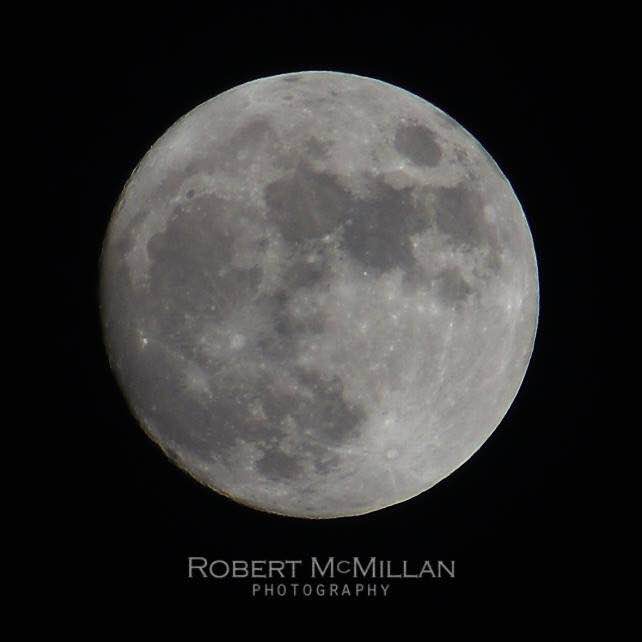
Thursday, Feb. 5, 2015: Astrophotographer Robert McMillan sent in a photo of the "Snow Moon" of February 2015, taken in the central belt of Scotland.
— Tom Chao
Far Beyond These Castle Walls
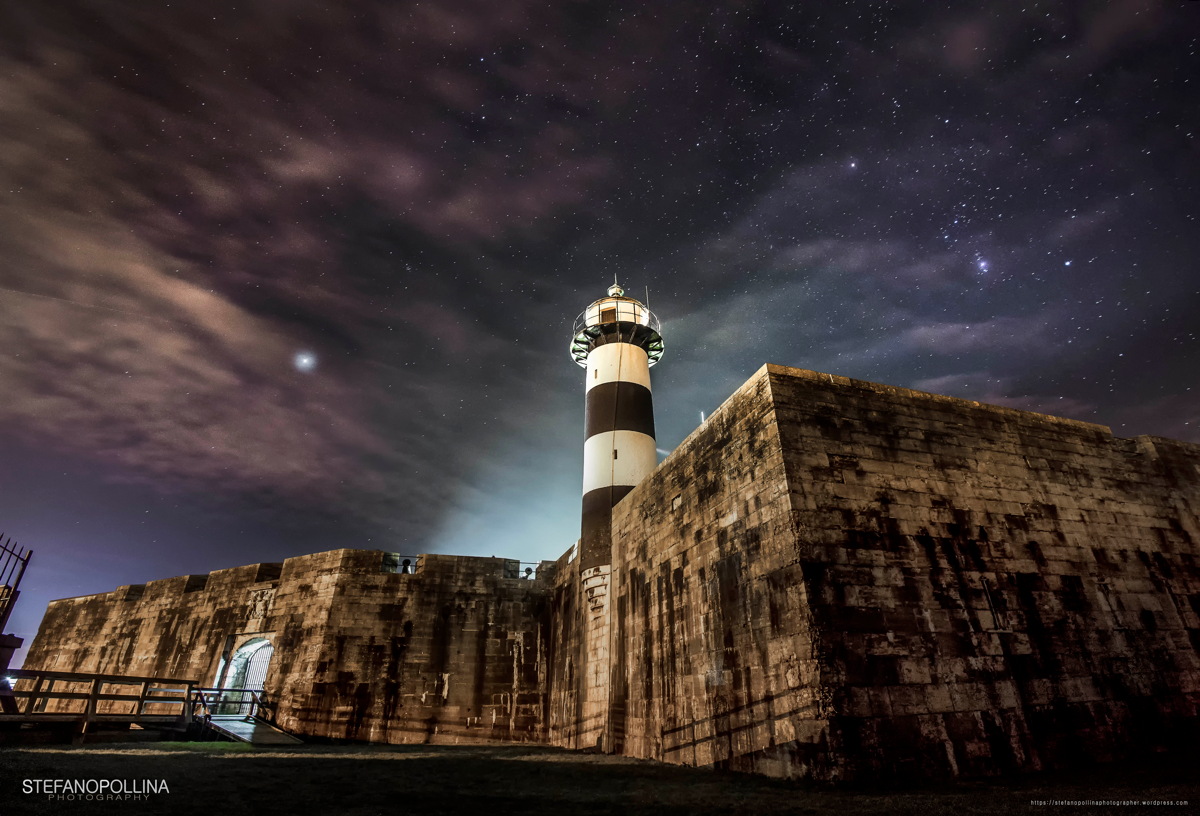
Friday, Feb. 6, 2015: Astrophotographer Stefano Pollina sent in a long exposure of Jupiter looming over Southsea Castle, Southsea, England, United Kingdom, taken on Jan. 19, 2015. Orion constellation also shines at right. The castle dates from 1544, constructed by Henry VIII as part of a series of fortifications around England’s coasts protecting from invaders.
— Tom Chao
Arch into the Sun
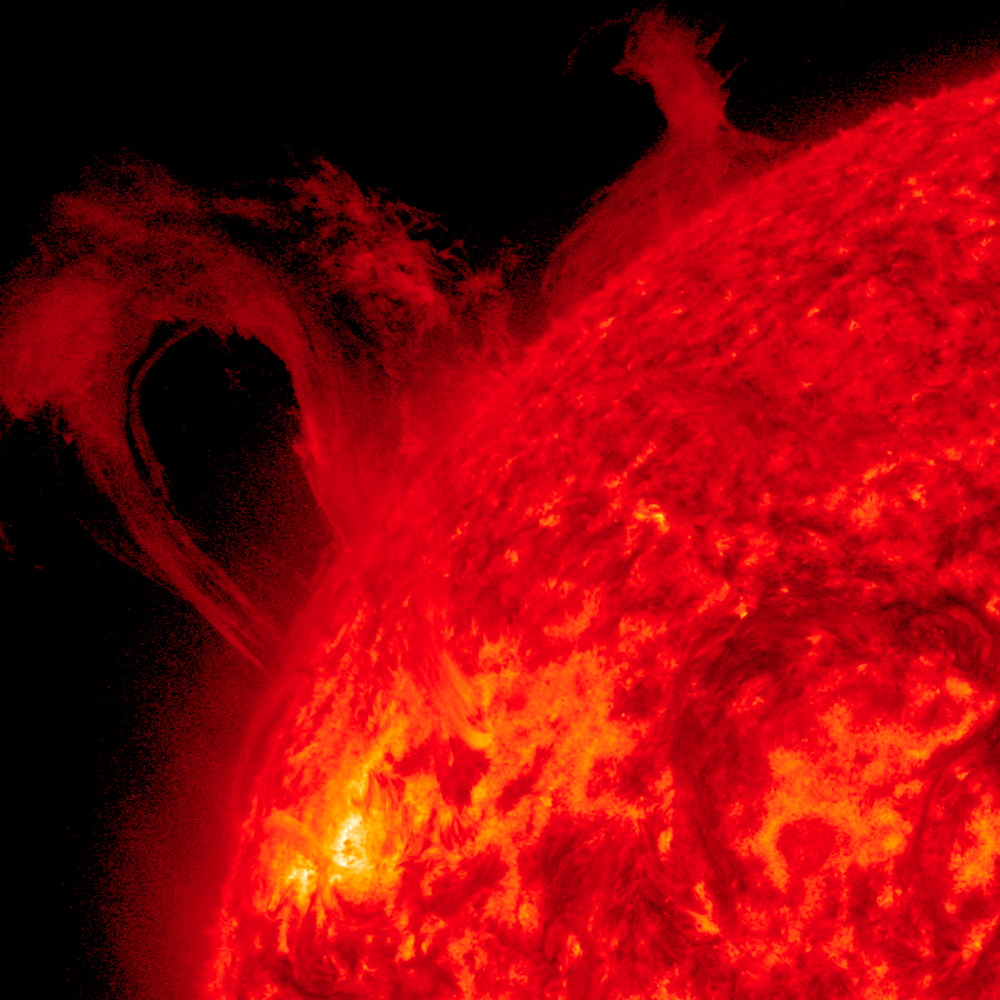
Monday, Feb. 9, 2015: On Feb. 4, 2015, a solar filament emerged in the shape of a twisted arch over a three-hour period, then most of it plunged back into sun. NASA’s Solar Dynamics Observatory observed this activity in the lower corona by examining a wavelength of extreme ultraviolet light. Filaments, unstable by nature, consist of elongated clouds of particles suspended above the sun's surface by magnetic forces.
— Tom Chao
Get the Space.com Newsletter
Breaking space news, the latest updates on rocket launches, skywatching events and more!
Whenever I See Your Smiling Face
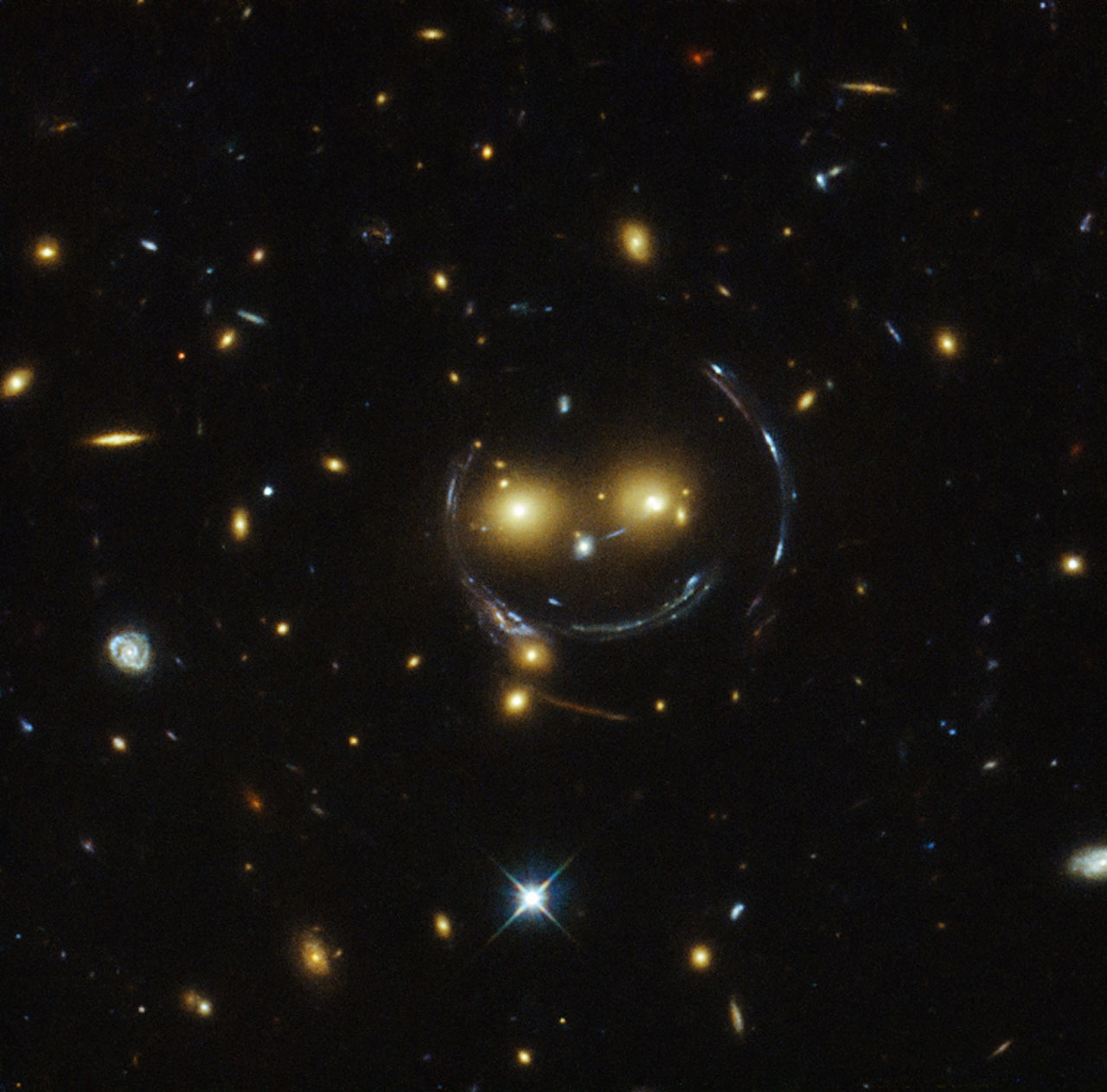
Tuesday, Feb. 10, 2015: Galaxy cluster SDSS J1038+4849 appears to have a big smile at the center of this Hubble Space Telescope image. A pair of bright galaxies make up the two orange "eyes," while the "smile" lines arc as a result of the effect of strong gravitational lensing. Galaxy clusters, as the most massive structures in the universe, exert a powerful gravitational pull that actually warps the spacetime around them, and act as cosmic lenses which bend the light coming from behind them. This phenomenon was predicted by Einstein's theory of general relativity. In this instance, a ring known as an "Einstein Ring" occurs from the exact alignment of source, lens, and observer, creating the ring-like structure making the smiley face. Image released Feb. 9, 2015. [Read full story.]
— Tom Chao
Stars Shining Through Our Window
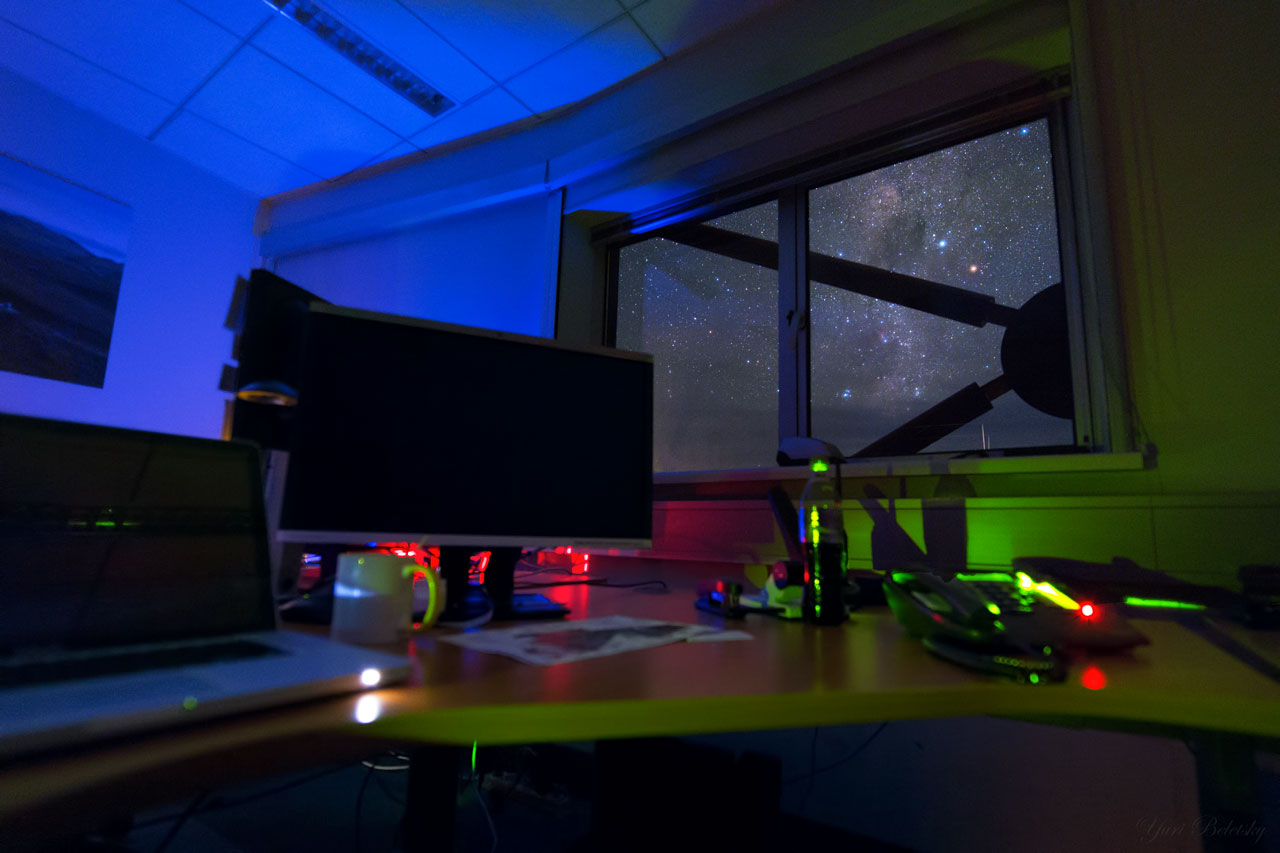
Wednesday, Feb. 11, 2015: This office at the Very Large Telescope on Cerro Paranal, northern Chile, features a window with a view of the Milky Way in the night sky. Dark lanes of the Milky Way appear outside, these lanes consisting of dense clouds of dust and gas that block out the light from background stars. The lack of of polluting moonlight seen here signals a good night for collecting data. To keep the sky dark, unneeded lights in the control building are shut off, and windows are blacked out. Astronomers walk outside only with flashlights, preferably with red filters to preserve night vision. The office in this image is located next to the VLT control room, and the object outside the window makes up part of the control building located on a "shelf" below the main observing platform at the top of the Paranal Mountain.
— Tom Chao
Up in the Sky
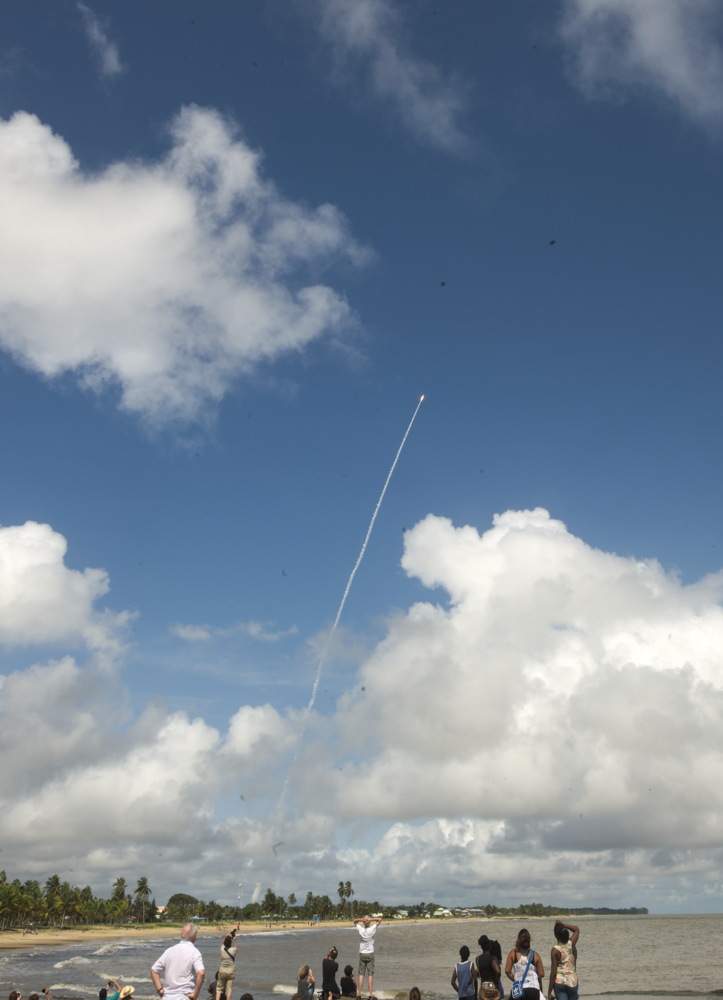
Thursday, Feb. 12, 2015: A Vega VV04 rocket carrying the European Space Agency's experimental spaceplane, the Intermediate eXperimental Vehicle (IXV), lifted off from Europe's Spaceport in Kourou, French Guiana, on Feb. 11, 2015. IXV successfully made a suborbital flight and splashed down in the Pacific Ocean about 100 minutes after launch.
— Tom Chao
Got the Time
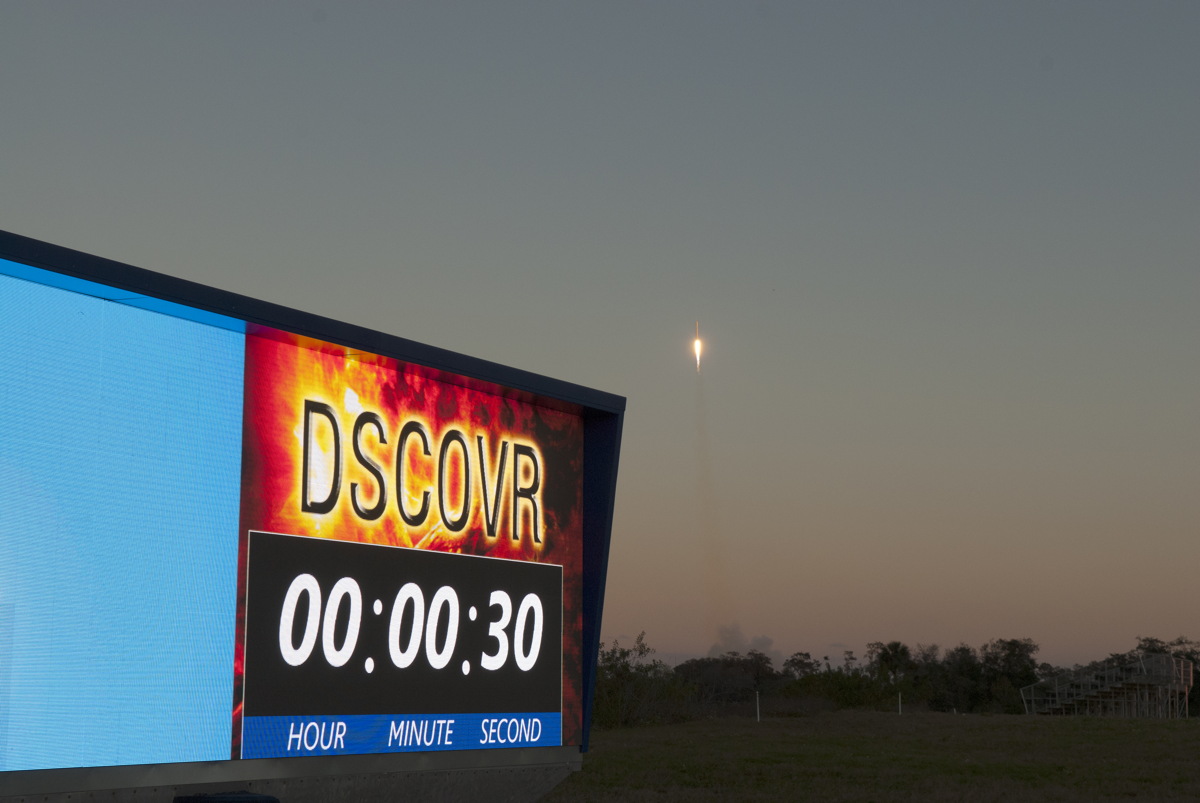
Friday, Feb. 13, 2015: The SpaceX Falcon 9 rocket carrying NOAA's Deep Space Climate Observatory spacecraft (DSCOVR) climbs into the sky over NASA's Kennedy Space Center in Florida, as the countdown clock shows 30 seconds have elapsed since the flight began on Feb. 11, 2015. DSCOVR satellite, developed by NOAA, NASA and the U.S. Air Force in partnership, will help monitor the solar wind for dangerous conditions that may affect the Earth.
— Tom Chao
Join our Space Forums to keep talking space on the latest missions, night sky and more! And if you have a news tip, correction or comment, let us know at: community@space.com.










